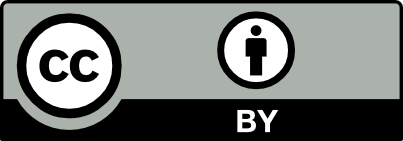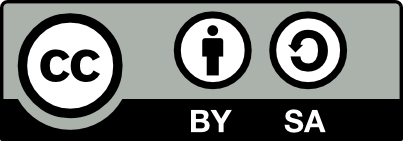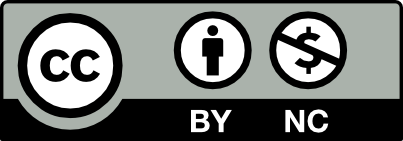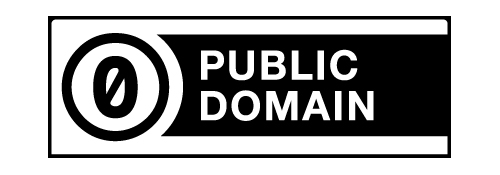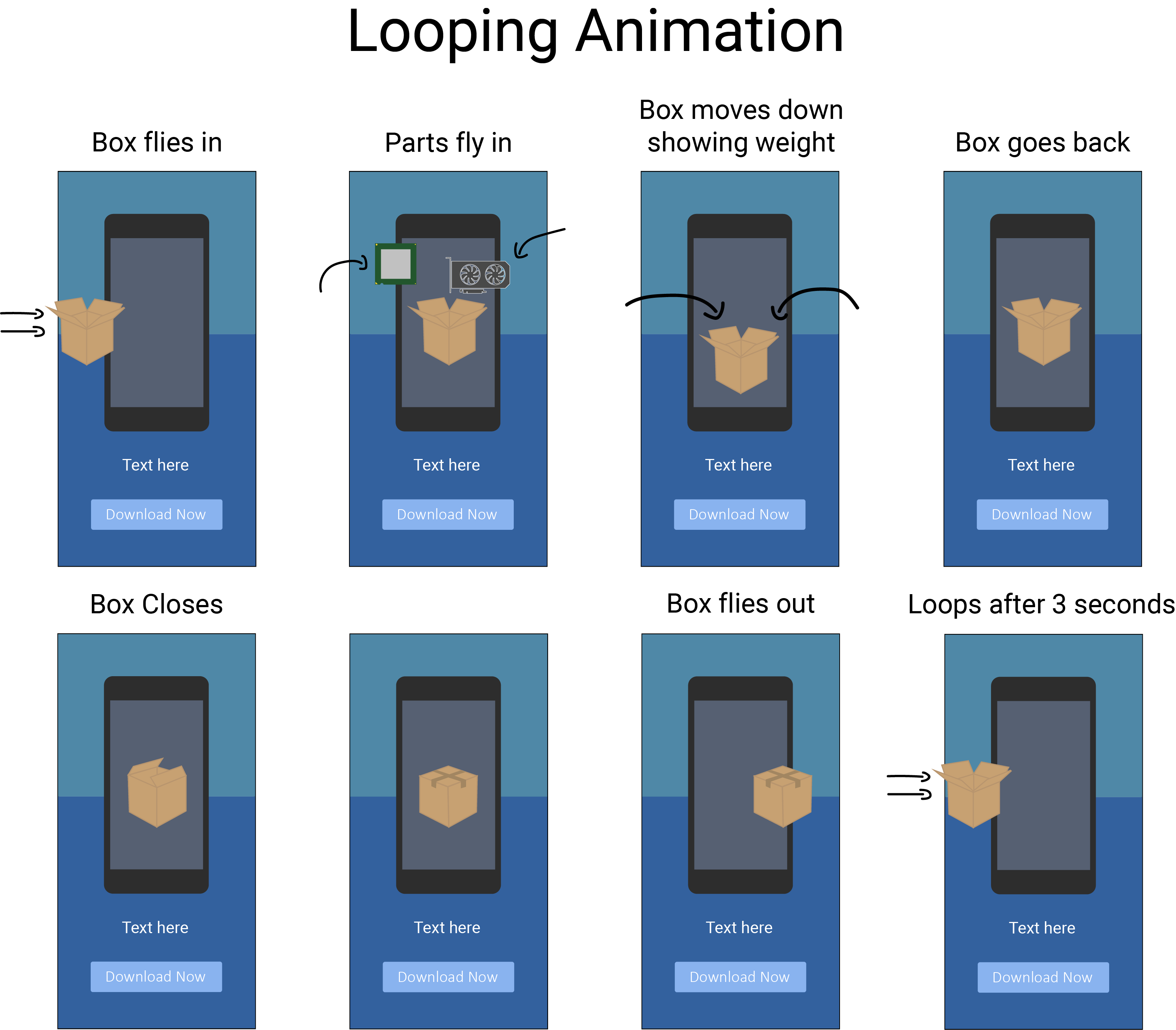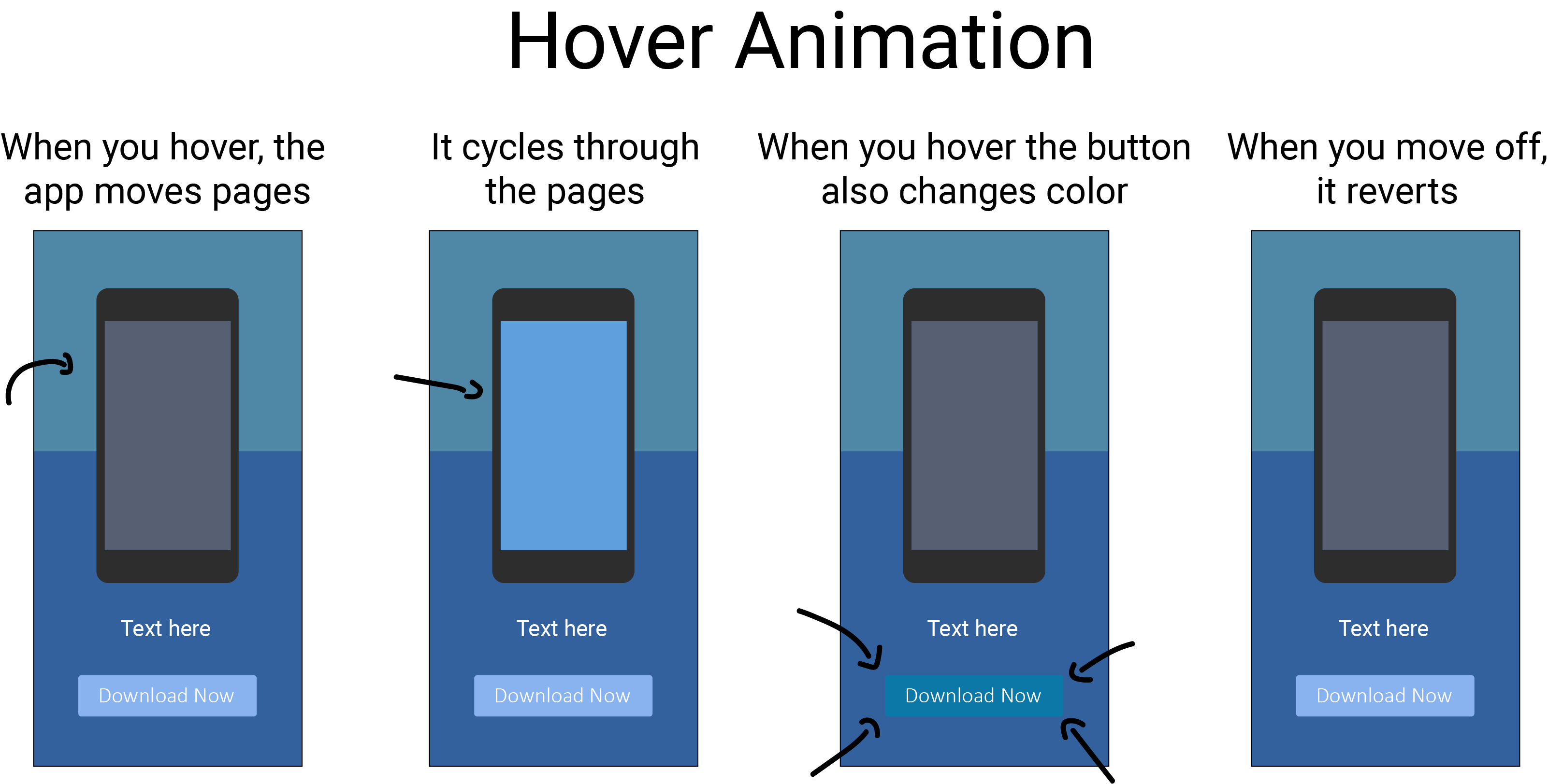My dream job would have to be as a freelance designer. There are plenty of reasons to become a freelance designer, and I think these are some pretty good ones.
One of the most common reasons for people to become freelance designers is the ability to be your own boss. You’re essentially free of someone telling you what to do around an office or in a cubicle all day. You can set your own deadlines and pick a schedule that fits your needs perfectly. You don’t have to worry about anything at all because you’re the one setting the schedule. This is a huge and compelling reason to become a freelance designer. You also don’t have to worry about any office drama since you wont be working in an office. You wouldn’t feel confined to a cubicle or have to deal with any rude people in the workplace.
Another huge perk of being a freelance designer is that you can choose when, where, and who you work with. You don’t need to feel pressured about a time or a place or even a specific person you want to work with. You can decide all of this yourself with no worry at all. In my opinion, this is the best part about freelancing. Freelancing also allows you to travel (depending on what you do) and that’s pretty amazing.
You can also choose your clients. You get to choose who you want top work with. If you feel a client is being rude, you can choose to stop working with them anytime you wish. You also get to choose what types of projects you want to work on instead of being assigned something. If you decide that you want to do something related to Photoshop one day, then you can choose to do so. Choosing the clients and projects you want to work on is a major reason why people choose to freelance because it gives them a freedom that you would never have in the workplace.
Something else that people love about freelance is the salary. Yes, it takes some time to build up a portfolio of amazing work that people would love to have for themselves, but its worth it. If you have the drive to do the work, then it will pay off. You can choose to do your work hourly, or by project. Some designers can charge up to $80 an hour depending on how good their work is. This is something that draws people in to freelance design, but it does require a lot of time and patience.
Overall, freelance design is pretty amazing and I wish I could do something like that in the future.
Photo by Sara Riaño


